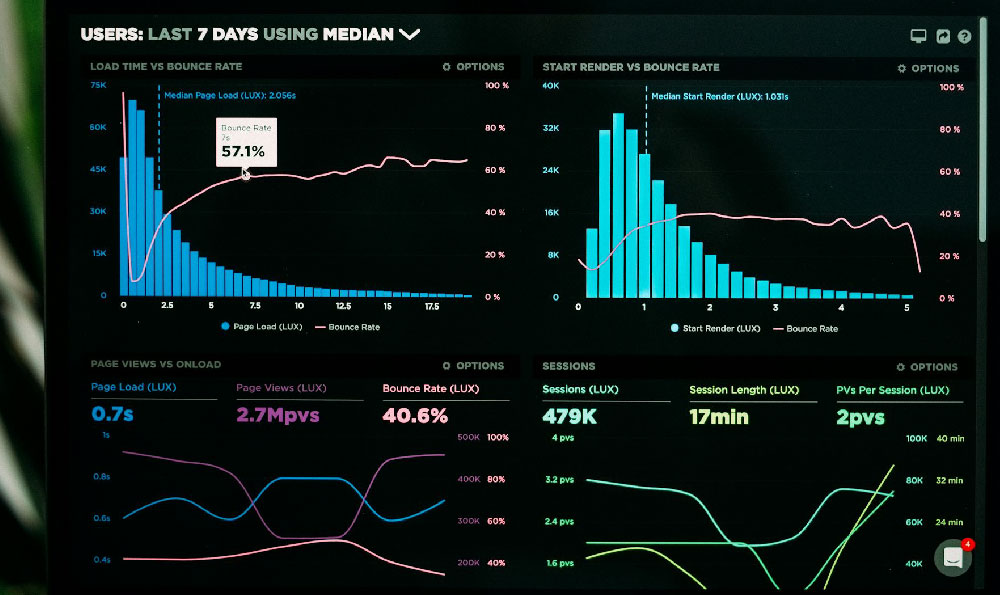Okay, let's explore the world of streaming, breaking down how it works and assessing its potential as a genuine income source.
Streaming, in its essence, is broadcasting content – video, audio, or a combination of both – live or pre-recorded, over the internet. The platforms facilitating this range from behemoths like Twitch and YouTube Gaming, primarily focused on video game content, to broader platforms like YouTube Live, Facebook Live, and specialized services like Patreon or OnlyFans, which cater to diverse creative pursuits and audience engagement strategies.
The "how" of streaming is surprisingly accessible. Basic equipment often suffices to begin. A decent webcam or smartphone camera, a reliable microphone (even a headset mic will do in the early stages), and a stable internet connection are the fundamental requirements. Streaming software, such as OBS Studio (Open Broadcaster Software), Streamlabs OBS, or XSplit, allows users to capture their screen, webcam feed, and audio, overlay graphics and alerts, and manage the live broadcast to the chosen platform. As streamers grow their audiences and refine their production quality, they often invest in higher-quality cameras, microphones, lighting equipment, and more sophisticated editing software.

The technical aspect is only one piece of the puzzle. Content is, ultimately, king (or queen). Successful streamers cultivate a niche and consistently deliver content that resonates with their target audience. This could involve playing a particular video game exceptionally well, offering insightful commentary and analysis, creating engaging educational content, showcasing artistic talents, or simply building a strong sense of community through interactive conversations and shared experiences. The most popular streams aren't just about the subject matter; they're about the personality and authenticity of the streamer. Viewers are drawn to streamers who are relatable, entertaining, and genuinely passionate about what they do.
Now, let's address the central question: can you really make money streaming? The answer is a resounding yes, but with a crucial caveat: it's not a guaranteed path to riches, and consistent effort is paramount. The financial landscape of streaming is multifaceted, with revenue streams arising from various sources.
Platform Monetization: Platforms like Twitch and YouTube offer partnership programs that enable streamers to monetize their content through ads. When viewers watch advertisements displayed during a stream, the streamer receives a portion of the ad revenue. The amount generated per ad view varies depending on factors such as the viewer's location, the ad type, and the overall demand for advertising on the platform.
Subscriptions: Many streaming platforms offer subscription models, where viewers can pay a recurring monthly fee to support their favorite streamers. In return, subscribers often receive benefits such as custom emotes (unique emojis used in chat), subscriber-only badges, access to exclusive content, and ad-free viewing. Subscription revenue is typically split between the streamer and the platform.
Donations: Direct donations from viewers represent another significant source of income for many streamers. Platforms like Twitch allow viewers to donate directly to streamers through services like PayPal or through the use of "bits" (virtual currency purchased on Twitch). Donations are often motivated by appreciation for the streamer's content, a desire to support their work, or simply a way to express encouragement.
Sponsorships and Brand Deals: As streamers build larger and more engaged audiences, they become attractive to brands looking to reach specific demographics. Sponsorships can take various forms, including product placement, sponsored streams, promotional giveaways, and affiliate marketing. The value of a sponsorship depends on factors such as the streamer's audience size, engagement rate, and the relevance of their content to the brand's target market.
Merchandise Sales: Streamers can also generate income by selling merchandise such as t-shirts, hoodies, mugs, and other items featuring their logo, branding, or inside jokes from their streams. Merchandise sales can be a lucrative revenue stream, particularly for streamers with a dedicated and loyal fanbase.
Affiliate Marketing: Affiliate marketing involves promoting products or services from other companies and earning a commission on sales generated through unique affiliate links. Streamers can incorporate affiliate links into their stream descriptions, chat messages, or even directly promote products during their broadcasts.
However, the path to financial success in streaming is often long and arduous. Building a significant and engaged audience takes time, effort, and consistency. Many streamers struggle to gain traction in the early stages, and the vast majority never achieve the level of success required to make a full-time living from streaming.
The streaming landscape is highly competitive. To stand out, streamers need to differentiate themselves through unique content, engaging personality, and consistent branding. They also need to be active in promoting their streams on social media and other platforms to attract new viewers. Networking with other streamers and collaborating on content can also help to expand reach and build a community.
The financial sustainability of streaming also depends on several external factors, such as changes in platform policies, advertising rates, and economic conditions. Streamers need to be adaptable and prepared to adjust their strategies in response to these changes.
Ultimately, the key to success in streaming lies in a combination of talent, hard work, dedication, and a little bit of luck. While it's possible to make a substantial income from streaming, it's not a get-rich-quick scheme. It requires a long-term commitment, a willingness to learn and adapt, and a genuine passion for creating engaging content. Before diving in with the expectation of instant profits, potential streamers should carefully consider the challenges and potential rewards and approach it as a creative endeavor with the possibility of monetization, rather than a guaranteed source of income. Diversification of income streams is also crucial, as reliance on a single platform or monetization method can be risky. Building a personal brand that extends beyond the specific streaming platform is a smart long-term strategy.












